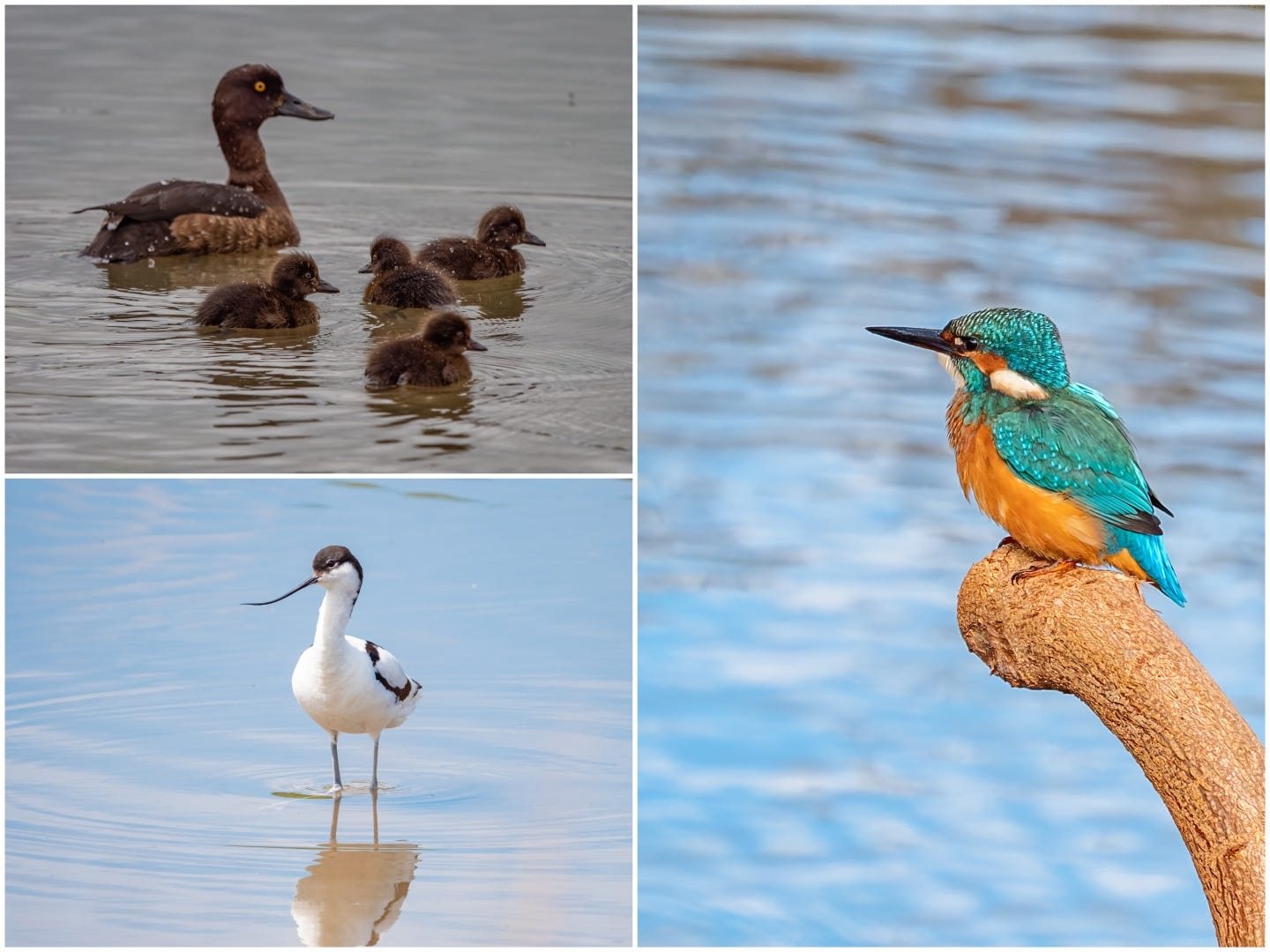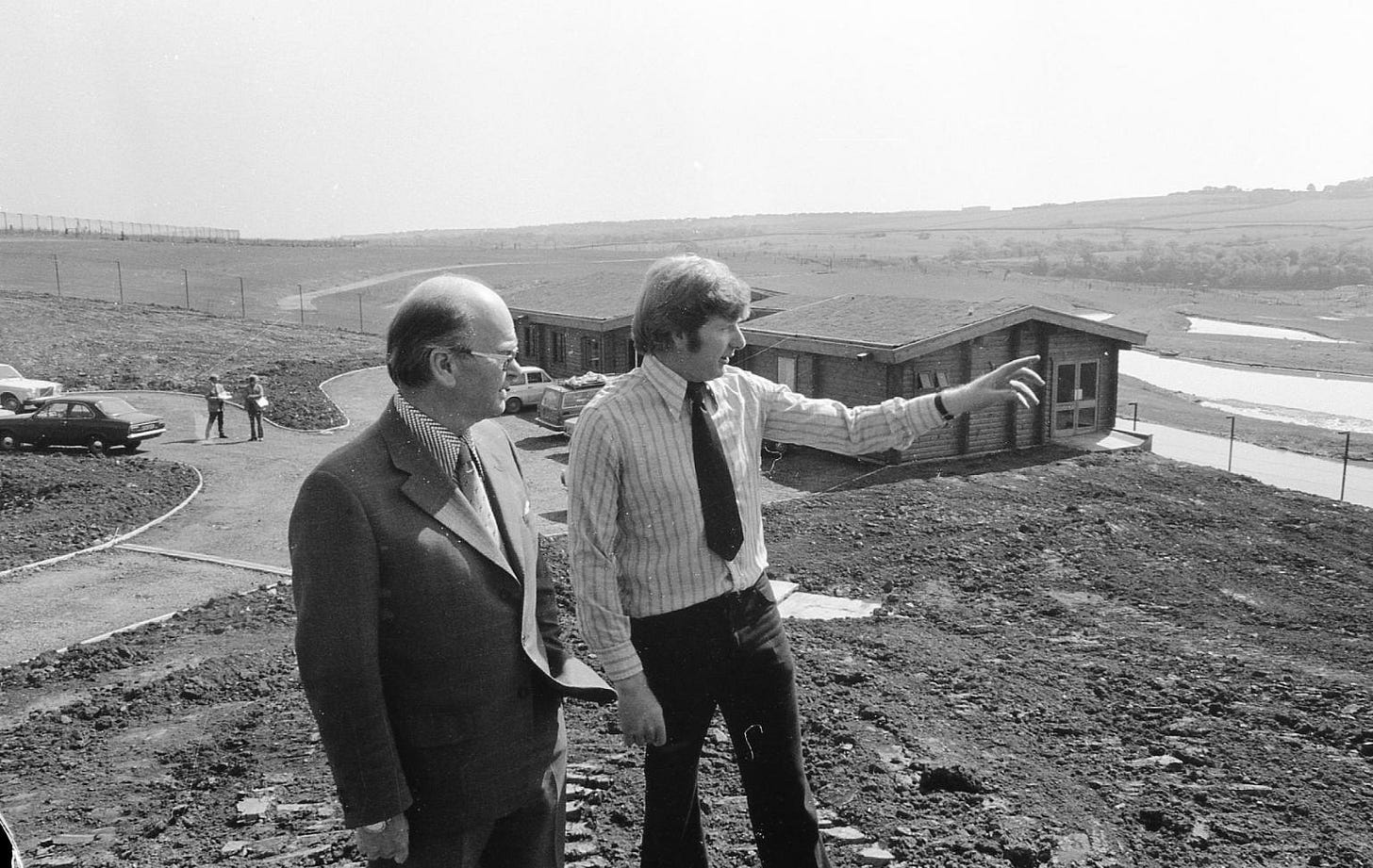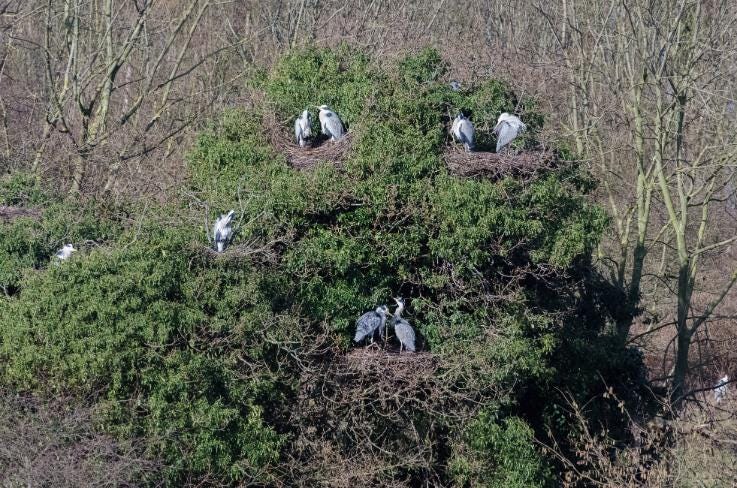WWT Washington at 50: A legacy in flight
An urban nature oasis for people and wildlife is marking its half century. Tony Henderson reports
Exactly 50 years ago the first visitors filed into a 103-acre green enclave on the banks of the industrialised River Wear.
Their admission fee of 40p for adults and 20p for youngsters bought the opportunity to glimpse a vision to create an urban oasis with conservation of wetland birds at its core, in addition to being a leisure attraction which provided access to nature for adults and children.
They could take in 35 ponds housing 890 rare and endangered wetland birds from across the world, a large reservoir, a reedbed along the river bank, and the site’s Wader Lake and the sandpiper pool - converted into a saline lagoon in 2013 for wild native species
The former farmland had been acquired two years earlier by the Wildfowl and Wetlands Trust founded by Sir Peter Scott, son of the Arctic explorer Robert Falcon Scott.
Peter was friends with local businessman Sir James Steel, chairman of Washington Development Corporation from 1964 until 1977 and Lord Lieutenant of Tyne & Wear from 1974 to 1984, who introduced him to the area.
The wildlife value of the nearby existing Barmston Pond suggested the potential for what was first known as Washington Wildfowl Park and is now WWT Washington Wetland Centre.
The centre has welcomed more than three million visitors and over 150,000 school children since that opening day on May 29, 1975.
It attracts 70,000 visitors each year alongside thousands of pupils, with additional draws such as the naturally-established nesting heronry - one of the biggest in the UK its flock of breeding Chilean pink flamingos, and short-clawed Asian otters.

Wader Lake has been significantly upgraded with four viewing hides and nesting birds such as visiting avocets - the most northerly breeding record in the UK at the time of their first arrival - and the latest venture, an artificial sand martin nesting bank.
The site’s ‘living collection’ now includes over 300 birds across 40 different species, and more than 150 different wild bird species all using the lakes, ponds, meadows and woodlands to breed, rest or refuel at different times through the year.
The centre’s first Chilean flamingos - a flock of 16 birds - arrived in 1986, followed by common cranes.
Centre manager Gill Pipes says: “We are proud to reach such a pinnacle milestone. It is an amazing wetland habitat which is wonderful for wildlife and for people.
“It is the community’s wetland, surrounded on three sides by large industrial units and on the fourth by the River Wear. We haven't done this alone, every person who has visited, volunteered or worked here has played a part in our story and for that we extend a huge thank you.
“Many local residents have given their time to create and care for this vital habitat which offers refuge to all living things, with people at the heart of it.
“Life can be tough these days. It goes at such a pace and people can become overstretched and overwhelmed. We need places like this to remind us to breathe, to just ‘be’; for children to run around, explore, meet nature and learn how to interact with it.
”We have around 30 staff and 100 volunteers here who are very focussed on delivering experiences to visitors while conserving nature for future generations.”
To mark the 50th anniversary, Wet Wood, a tranquil stretch of wetland and woodland is being opened to visitors for the first time in more than a decade.
Conservation work in this area has been led by reserve manager John Gowland and has involved planting more than 200 native trees while cutting back vegetation to open up glades; the creation of new water channels and building dozens of ‘leaky’ dams to steer and slow the flow of the water.





